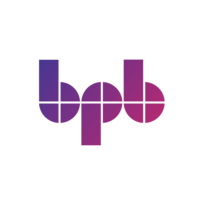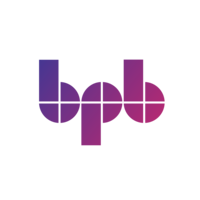Description
TAGLINE
Database and I: A unified view of the Database
KEY FEATURES
- Explains database fundamentals by using examples from the actual world.
- Extensive hands-on practice demonstrating SQL topics using MySQL standards.
- All-inclusive coverage for systematic reading and self-study.
DESCRIPTION
The knowledge of Database Management Systems (DBMS) has become a de facto necessity for every business user. Understanding various databases and how it becomes an integral part of any application has been a popular curriculum for undergraduates.
In this book, you will learn about database design and how to build one. It has six chapters meant to bridge the gap between theory and legit implementation. Concepts and architecture, Entity-relation model, Relational model, Structured Query Language, Relational database design, and transaction management are covered in the book. The ER and relational models are demonstrated using a database system from an engineering college and implemented using the MySQL standard. The final chapter explains transaction management, concurrency, and recovery methods. The final chapter explains transaction management, concurrency, and recovery methods.
With a straightforward language and a student-centered approach, this book provides hands-on experience with MySQL implementation. It will be beneficial as a textbook for undergraduate students, and database specialists in their professional capacity may also use it.
WHAT YOU WILL LEARN
- Acquire a firm grasp of the principles of data and database management systems.
- Outlines the whole development and implementation process for databases.
- Learn how to follow step-by-step normalization rules and keep your data clean.
- MySQL operations such as DDL, DML, DCL, TCL, and embedded queries are performed.
- Develop an understanding of how the transaction management and recovery system operates.
WHO THIS BOOK IS FOR
This book is ideal for anyone who is interested in learning more about Database Management Systems, whether they are undergraduate students, new database developers, or with some expertise. Programming foundations, file system ideas, and discrete structure concepts are recommended but not required.

